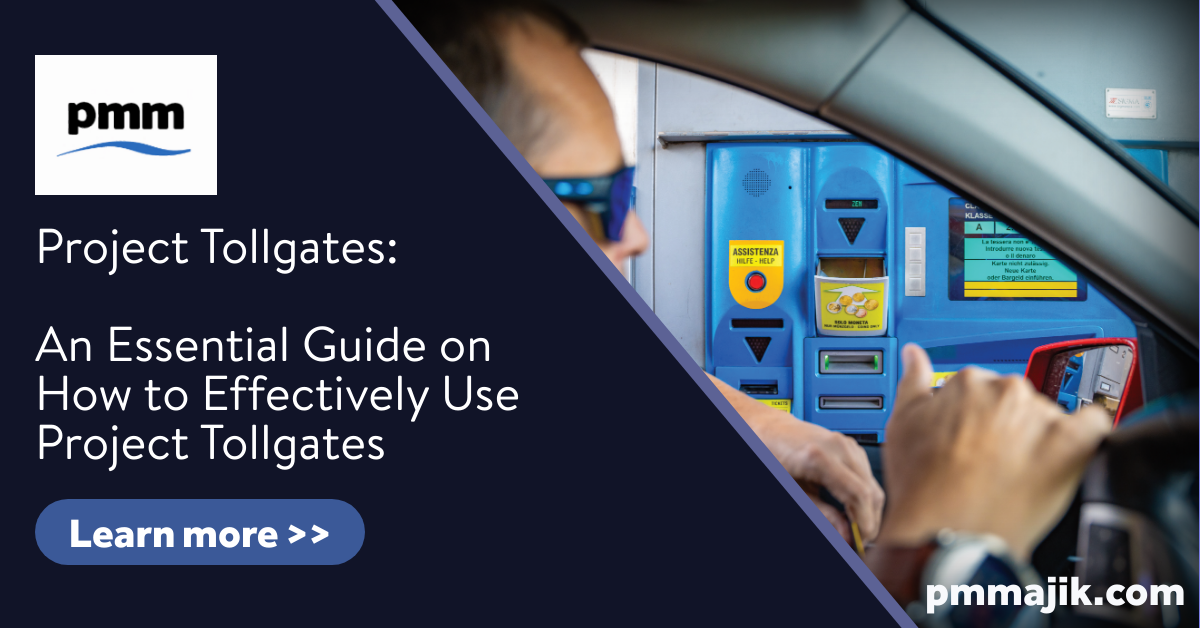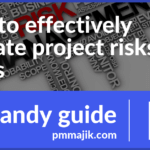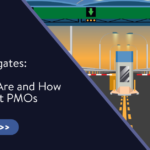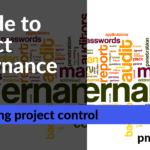Project tollgates provide important opportunities to ensure quality and check functionality during project development. They’re among the most important assets available not just to the PMO, but to stakeholders and, ultimately, end users.
However, for them to be effective, PMOs must use them correctly. That requires several important steps – each phase within the DMAIC (define, measure, analyze, improve, and control) structure should have three tollgates, each of which informs the overall project and culminates in the project being given the go-ahead for the next phase.
Not sure how to use project tollgates effectively? Explore the breakdown for each phase below, as defined within Six Sigma principles.
Define
- Create a project charter – The charter is your guidance document. It provides information about the project, including a problem statement, project scope, and the business case.
- Voice of the customer – Who receives the product or services that result from the project? The voice of the customer must be present to inform development.
- Map it out – Your map should include the steps required for successful project completion.
Measure
- Performance indicator identification – What performance indicators will guide the project, particularly at the start?
- Data collection plan – How will the PMO collect data? What data will be collected? What procedures will be used?
- Baseline performance measurement – What is the current performance level of the process? This is required to be used as a measurement of progress for any improvements the team implements.
Analyze
- Root cause potential – What are the root causes? List as many as possible that may be contributing to breakdowns or problems.
- Identify likely root causes – From the list of possible root causes, narrow down the options to the most likely culprits.
- Root cause critical – List the single most important causes and their impacts on the project/process.
Improve
- Generate possible solutions – Each root cause should be matched with a potential solution.
- Choose solutions – Based on the root cause(s), choose a data-driven solution that fits best.
- Implement – Create an implementation plan and then implement the solution(s) to the root cause(s).
Control
- Monitor and control plan – Create a plan that ensures ongoing monitoring and control to ensure accurate process execution and process performance measurement.
- Response plan – What problems could arise in the future? How will they be handled? Document this information in a response plan.
- Continual improvement plan – What improvements might be necessary in the future? How will needed improvements be identified? How will they be implemented? Create a plan that addresses these considerations.
Note that while we’ve used the DMAIC framework as an example above, many other methodologies can be used. The five phases of the Waterfall method are well-suited to tollgates, for instance, as are the phases of the PMBOK methodology.
The Importance of Tollgate Meetings
One hallmark of using project tollgates is that each one requires a meeting between project managers, sponsors, and stakeholders. The point of the meeting is to review progress in the preceding phase, as well as the tollgate (you should have three meetings per phase, correlating to the three tollgates within each phase).
To help ensure your meetings are productive and effective, make sure that sponsors review each project step, and that the discussion in the meeting focuses on just the single tollgate in question. Discussion should not range to previous tollgates or future phases. It’s also important to keep meetings as short as possible while scheduling them frequently. This respects the team’s time while ensuring stakeholders are kept engaged and “in the loop”.
Wrapping Up
Project tollgates play critical roles within the overall project management flow. They represent opportunities to engage stakeholders while ensuring that critical parts of the project are in place. Effectively using tollgates ensures that the project moves forward efficiently while meeting all requirements and that plans are in place for continual improvement over time. The framework covered above helps ensure that each phase has the required tollgates.






